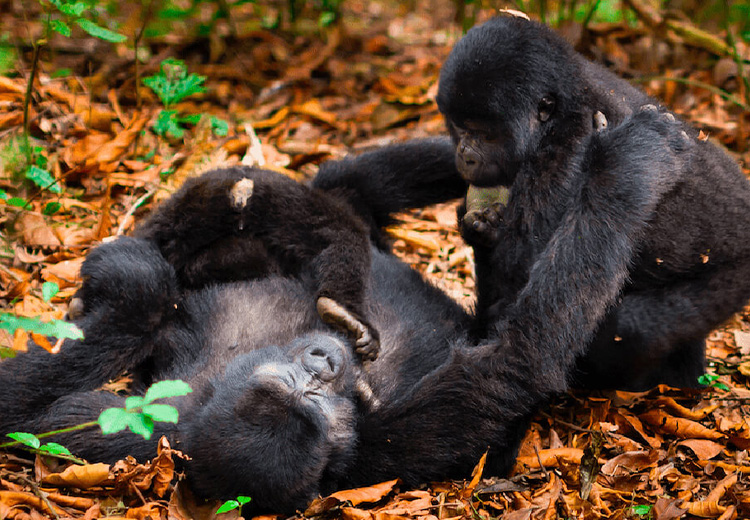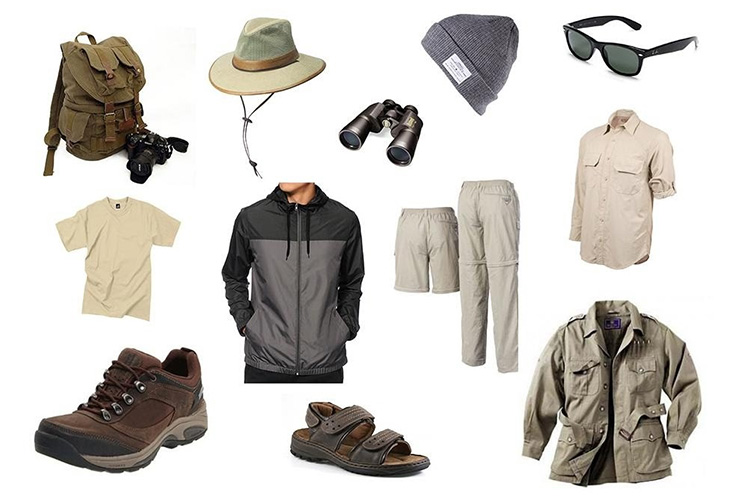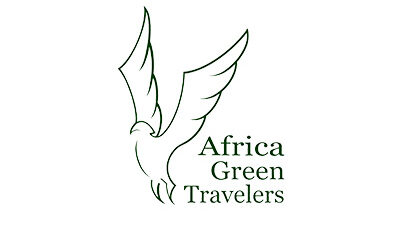- [email protected]
- (250) 798 654 491
- 24R6+H7G, KG 11 Ave. 1st floor IKAZE House. Kisment, Kigali – Rwanda.
What To Expect During A Gorilla Trek In Rwanda

What to expect during gorilla trekking in Rwanda
Gorilla Trek In Rwanda. As you prepare for a gorilla trekking adventure in Rwanda, it’s natural to have high expectations. Many travelers view gorilla trekking as an unforgettable experience that shouldn’t be missed. Whether it’s your first time or you’re a seasoned safari-goer, Rwanda’s gorilla trekking offers an unparalleled adventure.
The anticipation builds as you envision trekking through Volcanoes National Park’s dense jungles, hoping for a close encounter with gorillas. Rwanda’s ideal climate and well-preserved habitats make it the perfect destination for this thrilling experience.
For first-time visitors, the prospect of encountering gorillas in the wild is both exhilarating and uncertain. But rest assured, Rwanda’s expert guides ensure a safe and memorable trekking experience. With their knowledge of the terrain and gorilla behavior, they lead you on an unforgettable journey.
Conservation and Sustainable Tourism
Gorilla trekking in Rwanda goes beyond a thrilling encounter with these majestic animals; it also plays a crucial role in conservation efforts. The revenue generated from trekking permits supports conservation projects, protects gorilla habitats, and benefits local communities. By participating in gorilla trekking, visitors contribute directly to the preservation of these endangered species and their natural environment.
Obtaining a Gorilla Trek In Rwanda Permit
Securing a gorilla trekking permit is a vital step in planning your visit to Rwanda. Due to the endangered status of mountain gorillas, permits are limited, and advance booking is recommended. Working with a reputable tour operator can simplify the permit acquisition process and ensure a seamless experience. Permit prices vary, with Rwanda offering permits at $1,500, Uganda at $600, and Congo at $450.
Why Obtain a Gorilla Trekking Permit?
Given the critical status of mountain gorillas, the Rwandan government has implemented stringent measures to safeguard them. These measures involve restricting the number of trekkers per gorilla family and imposing a substantial fee for trekking permits. The revenue generated from these permits is crucial for conservation efforts and supporting local communities adjacent to gorilla habitats.
Securing a Gorilla Trekking Permit in Rwanda is a relatively straightforward process. Initially, you need to engage a reputable tour operator or travel agency familiar with the permit booking procedure. These professionals maintain good relations with the Rwanda Development Board, which oversees permit allocation, facilitating permit acquisition for their clients.
After selecting a tour operator, you’ll need to furnish them with your travel details, group size, and preferred gorilla family for trekking. It’s imperative to note that permits are limited, necessitating early booking to avoid disappointment. Typically, permits are available for purchase up to two years in advance, with reservations advised at least six months prior to your trekking date.
Planning for a gorilla Trip
Carry your gorilla permit
Carry your passport with you as you head to the park headquarters for an early morning pre-tracking briefing by park officials. Your gorilla permits will be crosschecked with your passports to verify that you are the right owner of the permit. At this moment, you are expected to be ready with your packed lunch since no one is certain about the time you will take to see these gorillas. All travelers must carry their valid gorilla permits and other related documents for clarification a pass to see gorillas in Uganda, Rwanda and Democratic Republic of Congo.
Uganda Wildlife Authority (UWA) in Uganda, Rwanda Development Board (RDB) in Rwanda and Congolese Institute for Nature Conservation (ICCN) in Democratic Republic of Congo are responsible government bodies to issue these permits. Permit prices vary from country to country with Rwanda selling most expensive permits at $1,500, Uganda gorilla permits at $600 and the Congo gorilla permit at 450usd. Every traveler who will not carry his/her permit will be denied a chance of trekking. In Uganda, the permit must bear the name of the sector (Buhoma, Ruhija, Rushaga or Nkuringo) to clarify that a traveler booked a gorilla family in that specific sector.

